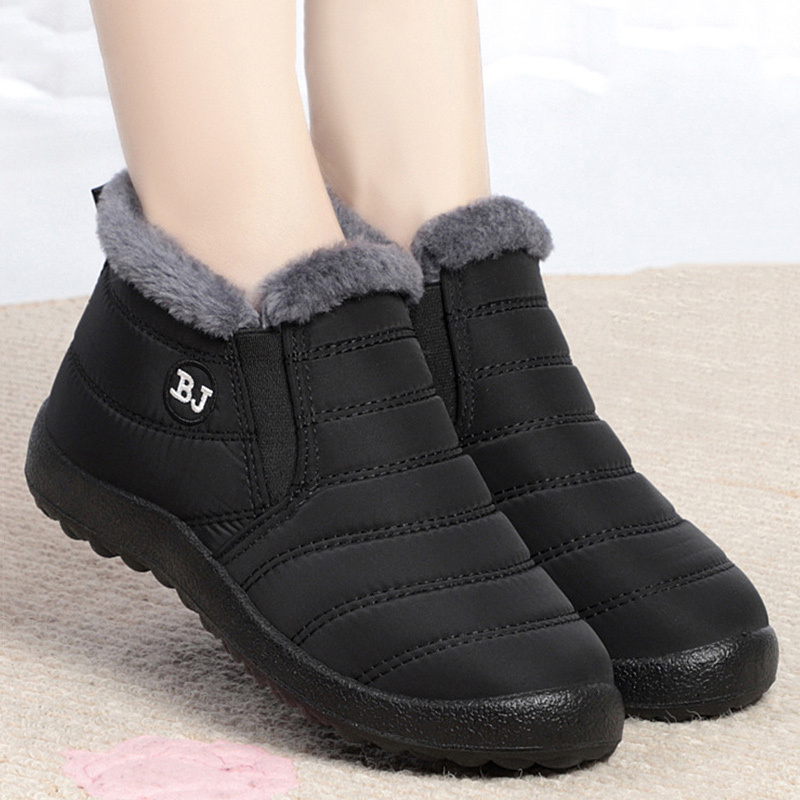Best Winter Snow Boots

Winter is here, and with it comes the need for sturdy, reliable, and warm snow boots to tackle the cold, snowy days ahead. Whether you’re an avid outdoorsperson, a city dweller, or someone who loves to venture into the wilderness, having the right pair of snow boots can make all the difference. In this article, we’ll delve into the world of winter snow boots, exploring the key features to look for, the different types available, and some of the best options on the market.
Understanding Your Needs
Before diving into the specifics of snow boots, it’s essential to understand your needs. Are you looking for boots to wear casually around town, or do you need something more robust for hiking or working in extreme conditions? The answer to this question will significantly influence the type of boot that’s right for you.
- Warmth and Insulation: If you’re planning to spend extended periods outdoors in cold conditions, look for boots with good insulation. Materials like Thinsulate or similar synthetic insulations provide warmth without the bulk.
- Waterproofing: Snow often means wet conditions. A waterproof membrane, such as Gore-Tex or a similar technology, is crucial to keep your feet dry.
- Traction: Good grip is vital on snowy and icy surfaces. Boots with deep, aggressively patterned treads can provide the traction you need to stay upright.
- Support and Stability: If you plan on hiking or engaging in activities that require a lot of movement, boots with good ankle support are essential to prevent injuries.
Types of Snow Boots
Snow boots come in a variety of styles, each suited to different needs and preferences.
- Insulated Boots: These are designed for warmth and dryness. They’re perfect for casual winter wear and can be worn in a variety of settings, from city streets to light outdoor adventures.
- Hiking Boots: More robust and designed for performance, hiking boots are ideal for those who plan on venturing into the wilderness. They offer better support, more aggressive tread patterns, and are generally more durable.
- Pac Boots: Named after the Alaskan “Pac” boot style, these often have removable liners and are known for their warmth and flexibility. They’re a great option for cold, wet conditions and can be worn in both casual and more rugged outdoor settings.
- Snowmobile Boots: For those planning on engaging in high-speed winter sports, snowmobile boots provide the necessary protection and support. They’re typically more substantial and offer a higher level of ankle support.
Best Winter Snow Boots on the Market
Here’s a selection of top-rated snow boots across various categories:
- The North Face Thermoball Boot: A versatile and warm option, ideal for casual wear and light hiking. It features a waterproof membrane and excellent insulation.
- Sorel Caribou Boot: Known for their warmth and waterproofing, Sorel boots are a staple in many winter wardrobes. The Caribou model is particularly popular for its reliability and comfort.
- Baffin Enduro Boot: For those needing something more robust, the Baffin Enduro offers excellent support and insulation, making it perfect for more demanding outdoor activities.
- Ugg Adirondack Boot: Combining fashion with function, Ugg’s Adirondack boot is warm, waterproof, and stylish, ideal for those looking for a versatile winter boot.
- Salomon Toundra Boot: Designed with performance in mind, the Salomon Toundra offers excellent grip, support, and warmth, making it a top choice for hikers and outdoor enthusiasts.
Tips for Choosing the Right Snow Boot
- Try Before You Buy: If possible, try on boots to ensure a comfortable fit. Keep in mind that thicker socks may be worn in colder conditions.
- Consider the Activity: Your intended use will greatly influence the type of boot you need. Don’t compromise on features that are critical to your planned activities.
- Check the Materials: Look for boots made from high-quality, durable materials that can withstand the conditions you’ll be in.
- Look for Certifications: Some boots are certified for specific standards of warmth, waterproofing, etc. Look for these if they align with your needs.
FAQ Section
What makes a snow boot warm?
+Warmth in snow boots is often provided by insulation such as Thinsulate, down, or synthetic insulations. These materials trap warm air close to the skin, keeping feet warm even in cold conditions.
How do I keep my snow boots waterproof?
+To maintain the waterproofing of your snow boots, regularly clean them with a mild soap and water, and condition them with a waterproofing treatment. Avoid using harsh chemicals or high heat, which can damage the waterproof membrane.
Can I wear snow boots in warmer winter days?
+While snow boots are designed for cold conditions, some models are more versatile and can be worn on warmer winter days. Look for boots with breathable materials and consider the activity level, as this can affect how warm your feet get.
In conclusion, choosing the right snow boot is a matter of understanding your needs, considering the features that matter most to you, and selecting a boot that aligns with those needs. Whether you’re braving the wilderness or just need something reliable for daily wear, there’s a snow boot out there designed to keep your feet warm, dry, and comfortable throughout the winter months.



